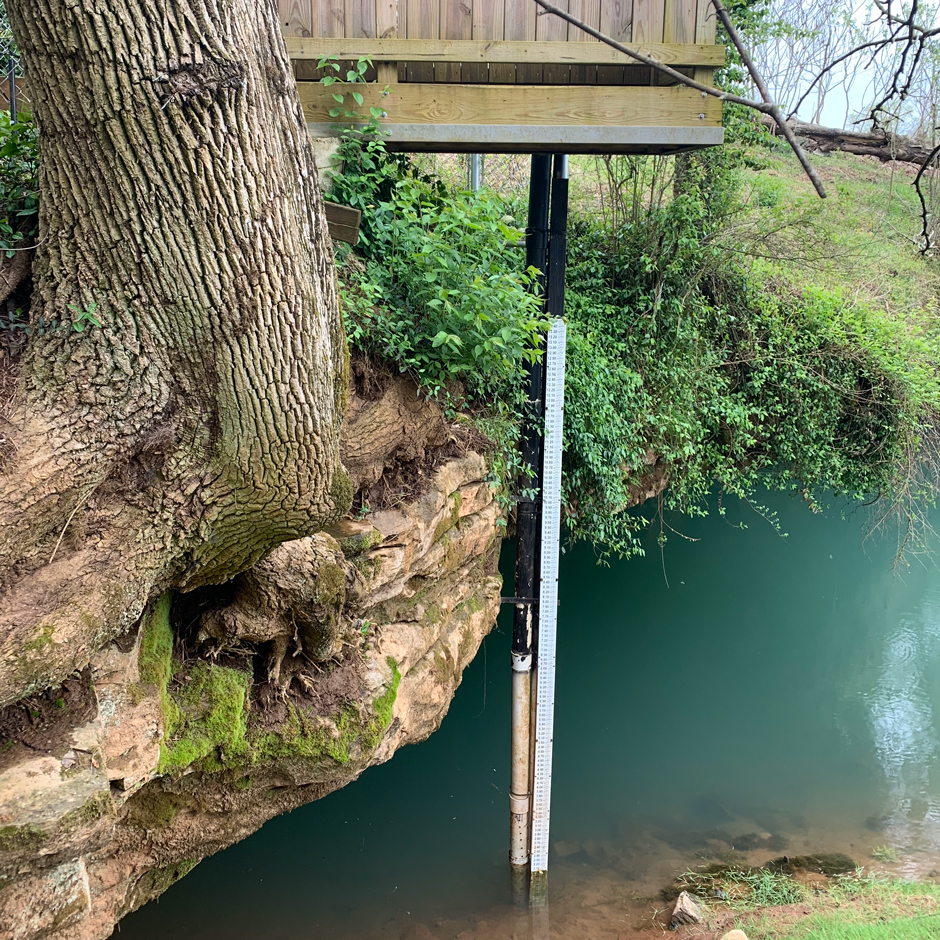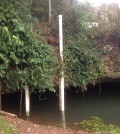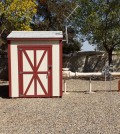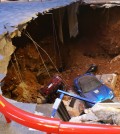Posts for tag "karst"
Applied Research and Innovative Solutions: Creating CHNGES at Western Kentucky University
Long-standing environmental monitoring programs have the power to support a large number of research initiatives and policy changes—however, actually starting these networks can prove challenging. Not only is starting the program difficult, but keeping things operational for...
- Posted April 29, 2024
Underground Study Charts Karst Aquifer Carbon Flux
Ball State University scientists use a YSI EXO2 sonde to study the movement of carbon and nutrients in a Kentucky karst aquifer.
- Posted January 13, 2016
Scientists At Western Kentucky University Study Karst System’s Groundwater Dynamics
Western Kentucky University researchers use a NexSens 3100-iSIC data logger and a YSI EXO2 sonde to track groundwater dynamics in a karst system in Bowling Green, Kentucky.
- Posted May 27, 2015
USGS network brings real-time sensors to groundwater quality monitoring
A U.S. Geological Survey's new and novel real-time groundwater quality monitoring program will help fill the gaps between the agency's 10-year surveys.
- Posted November 18, 2014
Some Arctic lakes absorb more carbon than they emit, have net cooling effect
A new study published in Nature shows that some Arctic lakes sequester more greenhouse gases than they release, according to a release from the National Science Foundation. Previous research suggested that thawing Arctic permafrost, a process that...
- Posted August 8, 2014
Karst scientists monitor National Corvette Museum sinkhole that swallowed 8 classic cars
Karst scientists are monitoring a sinkhole that opened up under the National Corvette Museum in Kentucky in February, swallowing eight classic cars.
- Posted April 4, 2014
Monitoring threatened crustacean’s cave habitats reveals surprises in Virginia karst formations
Development prompted water quality monitoring in a few Virginia caves home to a threatened freshwater crustacean. What scientists found surprised them.
- Posted February 20, 2014
Karst aquifer research aims to reduce Puerto Rico preterm births
Dorothy Vesper can truly say that her research is affecting the future. The West Virginia University geology professor participates in PROTECT, the Puerto Rico Testsite for Exploring Contamination Threats. The PROTECT program researches the effects of environmental...
- Posted April 2, 2012










